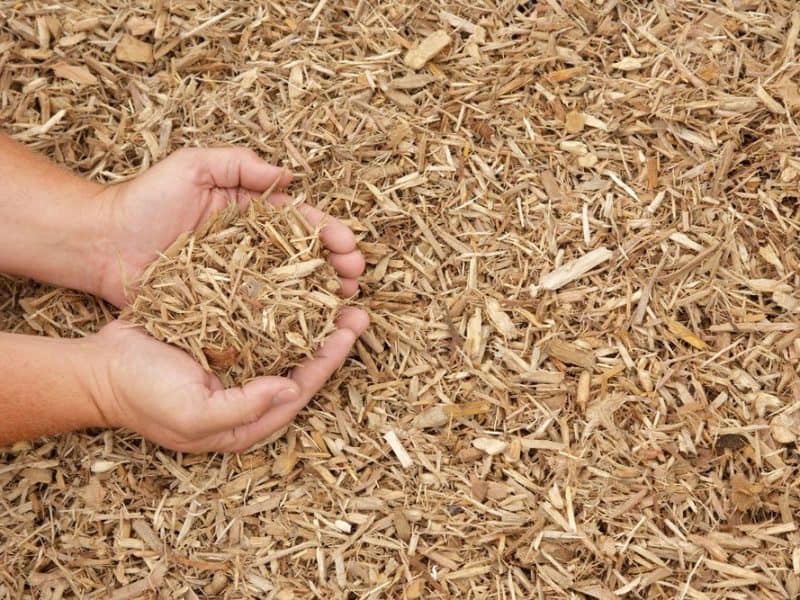
Traditional Hemp Harvesting Methods: Techniques & Processes
Hemp is a versatile plant that has been used for centuries for its fibers, seeds, and oil. As the demand for hemp products increases, the traditional methods of harvesting hemp become more important to sustainably and efficiently produce the plant. Traditional hemp harvesting methods involve a combination of techniques and processes that ensure the quality of the crop is preserved throughout harvesting, storing, and processing. In this article, we will explore traditional hemp harvesting methods, their importance, tools and equipment needed, as well as the different techniques and processes involved.
Traditional Hemp Harvesting Methods: An Overview
Traditional hemp harvesting methods are techniques and processes used to manually or mechanically remove the hemp plant from the field, separate the fibers and seeds, and prepare the crop for further processing. These methods have been used for centuries and have been refined over time to maximize the quality of the crop while minimizing the waste. The two main methods of harvesting hemp are handpicking and machine harvesting.
The Importance of Proper Hemp Harvesting Techniques
Proper hemp harvesting techniques are essential to preserve the quality of the crop and ensure maximum yield. Hemp is a delicate plant, and improper harvesting can damage the fibers, seeds, and oil. Traditional hemp harvesting methods are designed to minimize damage to the crop, ensuring that the quality and quantity of the crop are not compromised. Proper harvesting techniques also improve the efficiency of the harvesting process, reducing waste and increasing the profitability of the harvest.
A Brief History of Traditional Hemp Harvesting Methods
Hemp has been cultivated for centuries for its fibers, seeds, and oil. Traditional hemp harvesting methods have evolved over time, with each culture and region developing unique techniques for removing the plant from the field. Early methods of harvesting hemp involved handpicking the plant, a labor-intensive process that was time-consuming and inefficient. With the introduction of modern farming equipment, machine harvesting became more common, but handpicking remains a popular method in small-scale farming.
Selecting the Right Time for Harvesting Hemp
Selecting the right time for harvesting hemp is crucial to ensure maximum yield and quality. Hemp is typically harvested when the plant reaches maturity, which is around 12-16 weeks after planting. Harvesting too early can result in immature fibers, while harvesting too late can result in over-ripe seeds, reducing the crop quality. The ideal time to harvest hemp is when the majority of the seeds have ripened, and the plant has reached peak fiber production.
The Tools and Equipment Needed for Hemp Harvesting
The tools and equipment needed for hemp harvesting depend on the method used. Handpicking requires minimal equipment, including gloves, shears, and baskets for collecting the plant. Machine harvesting requires specialized equipment, such as a combine harvester or a hemp-specific decorticator. Other equipment required includes trucks or trailers for transporting the crop, and drying and storage facilities.
Hemp Harvesting Techniques: Hand Picking vs. Machine Harvesting
Handpicking and machine harvesting are the two main techniques used for harvesting hemp. Handpicking involves manually removing the plant from the field, while machine harvesting uses specialized equipment to cut and collect the plant. Handpicking is labor-intensive but results in less damage to the fibers, while machine harvesting is more efficient, but can damage the fibers.
The Different Processes of Traditional Hemp Harvesting
Traditional hemp harvesting involves several processes, including cutting and collecting the plant, separating the fibers from the plant, and processing the fibers for various uses. Once the plant is harvested, it is typically dried and stored until the fibers are ready to be separated. The fibers are separated from the plant using various methods, including retting, decortication, and scutching. The resulting fibers can be used for various applications, such as textiles, paper, and building materials.
How to Store Harvested Hemp for Maximum Quality
Storing harvested hemp correctly is crucial to maintain the quality of the crop. Hemp should be dried to a moisture content of around 10%, and stored in a cool, dry place away from direct sunlight. Proper storage reduces the risk of mold and other contaminants, ensuring that the crop remains usable for a more extended period.
The Benefits of Traditional Hemp Harvesting Methods
Traditional hemp harvesting methods have several benefits, including preserving the quality of the crop, reducing waste, and improving the efficiency of the harvesting process. These methods also promote sustainable farming practices, reducing the reliance on synthetic herbicides and pesticides.
The Challenges of Traditional Hemp Harvesting Methods
Traditional hemp harvesting methods can be labor-intensive, requiring significant manual labor for handpicking. Machine harvesting can be costly, requiring specialized equipment that is not widely available. Additionally, the regulatory framework for hemp production can be complex, with restrictions on the use of certain herbicides and pesticides.
The Future of Hemp Harvesting: Innovations and Trends
The future of hemp harvesting is likely to focus on improving the efficiency of the harvesting process while preserving the quality of the crop. Innovations in machine harvesting, such as the development of hemp-specific decorticators, are likely to increase the efficiency of the harvesting process. Additionally, advances in bioengineering may lead to the development of hemp plants that are easier to harvest and process.
Embracing Traditional Hemp Harvesting Methods
Traditional hemp harvesting methods are an integral part of sustainable farming practices that preserve the quality of the crop while promoting environmental stewardship. While modern farming equipment has made harvesting more efficient, handpicking remains a popular method in small-scale farming. By embracing traditional hemp harvesting methods, we can ensure that we produce high-quality hemp products while minimizing waste and promoting sustainable farming practices.

